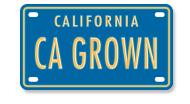Stop worrying about cow farts. California’s dairy industry is using them for good.
Let’s set things straight: cow farts are not going to destroy the planet. A 2019 UC Davis study found that cows and other livestock accounted for only 4% of the Nation’s greenhouse gas emissions. Regardless, there’s always room for improvement – especially in a state that prides itself on sustainability and innovation. To that end, California dairy people are committed to achieving climate neutrality, reducing methane emissions by a whopping 40% by the year 2030. And they’re already halfway there! We met with Elizabeth Heida from the California Milk Advisory Board and Karen Ross, California Secretary of Agriculture, to chat about some of the wacky-sounding but wildly effective ways that the California dairy industry is tackling the issue.
Why are these cows so gassy in the first place?

Cows, sheep and goats are ruminants. Unlike most other mammals, ruminants have a four-chambered stomach. Their unique digestive process causes them to emit methane while farting and burping, as well as in their manure. Now is also probably a good time to mention that cow farts are much less of an issue than their burps. Yes, cows can fart, but their burps are more frequent and more “potent”.
Humans produce significantly less methane than ruminants, but here’s a fun fact for all the folks who think that eradicating cows is the answer: vegans actually fart more than omnivores.
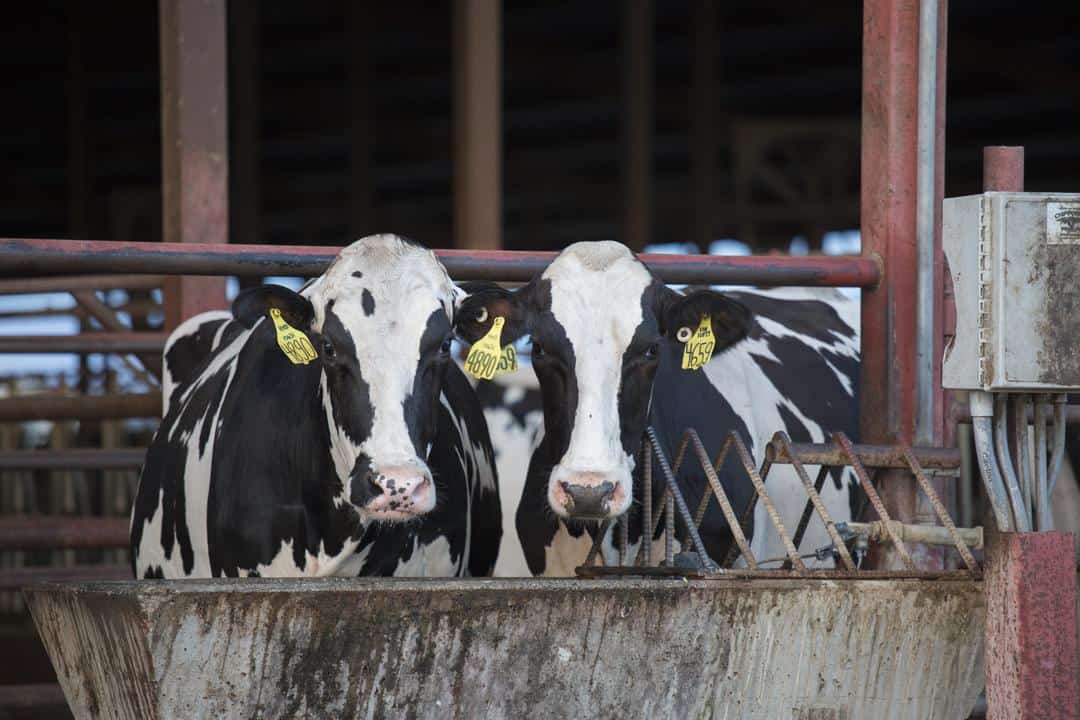
How to meet the emissions goal? Methane digesters, capturing cow farts and more
The California Dairy Industry’ commitment to reducing the effect of cows on climate change is evident – and some of the ideas are pretty wild! Many California dairies are using the methane that cows naturally produce to create clean energy. The resulting natural gas and fuel powers farming and dairy operations, nearby homes, and even vehicles.
“It’s very exciting, seeing what we can do when we embrace innovation! This is how we became the number one state – it’s the only way we will continue to be the number one state. The future is bright for ag.” – Secretary Karen Ross
Let’s take a look at a few ways the dairy industry is “going greener with a little bit of brown” (if you know, you know…be sure to check out the video at the end of this post).
Methane (or Dairy) Digesters
Dairy digesters capture methane and convert it to clean, renewable energy. When dairy farmers clean the barn lane, water flushes the waste into a separator. They then separate the fibers out and use them for compost and cow bedding. The remaining waste is stored in a double lined, covered lagoon or tank. As the manure decomposes, it produces methane gas, which they capture and use to produce electricity and biofuel. The remaining liquids, called digestate, are used as fertilizer.
How much energy and fuel are dairy farmers making from cow manure? Probably more than you think. Dairy digesters produce a whopping 60 million gallons of biofuel each year. Need a simpler example? One single cow produces enough fuel to drive your car across the United States. The waste from only five cows produces enough energy to power a house for an entire year.
Capturing Cow Farts (and Burps)
Admittedly, this one’s still in the trial and error phase. While cows and other livestock account for only 4% of the Nation’s greenhouse gas, researchers are investigating ways to capture the methane released by cow flatulence and eructation, including a burp-catching mask, and a backpack-style tank that captures cow farts. Yep, you read that correctly – a backpack fart tank. Now that’s some serious science.

Reducing Methane Through Diet
Dietary changes may help to reduce the amount of methane that cows produce. Studies have shown that grass-fed cows produce more methane than cows given “feed”. In many other states, cow feed mainly consists of corn and other grains. Here in California, dairy people work with veterinary nutritionists to create specialized, tailored diets to ensure that each cow receives the optimal amount of calories and nutrients. Scientists are also following promising leads to determine whether certain enzymes can actually help cows to produce less methane.

What do cows eat?
In California, over 40% of a cow’s diet is, in large part, upcycled byproducts from other local farmers – making valuable use of potential agricultural waste! California dairy farmers and California farmers work together to ensure that our cows enjoy a varied diet of grape pumice, almond hulls, veggie peel, citrus pulp, olive pumice, and brewers grain mixed into their feed. This is part of the total mixed ration, or TMR, the cows eat. Dairy farmers work with veterinary nutritionists to develop TMR that ensures each cow receives the optimal amount of calories and nutrients. Incorporating upcycled waste into cow feed not only provides the herd with valuable nutrients, it also keeps 15 tons of waste out of landfills each day. That’s over 1000 garbage trucks a day! Secretary Ross adds, “This also reduces the need to use water and fertilizers to grow other crops. It’s the true circular economy.”
Other Sustainable Measures in the Dairy Industry
Capturing methane is critical, but it’s certainly not the only way California Dairy farmers are protecting the environment and preserving our natural resources.
Water conservation
Over the past 50 years, California’s dairy farmers have drastically reduced the environmental footprint of each glass of milk. Today, the same amount of milk requires 88% less water – impressive!
So, how did dairy farmers achieve this incredible feat? Water is used up to four times on the farm.
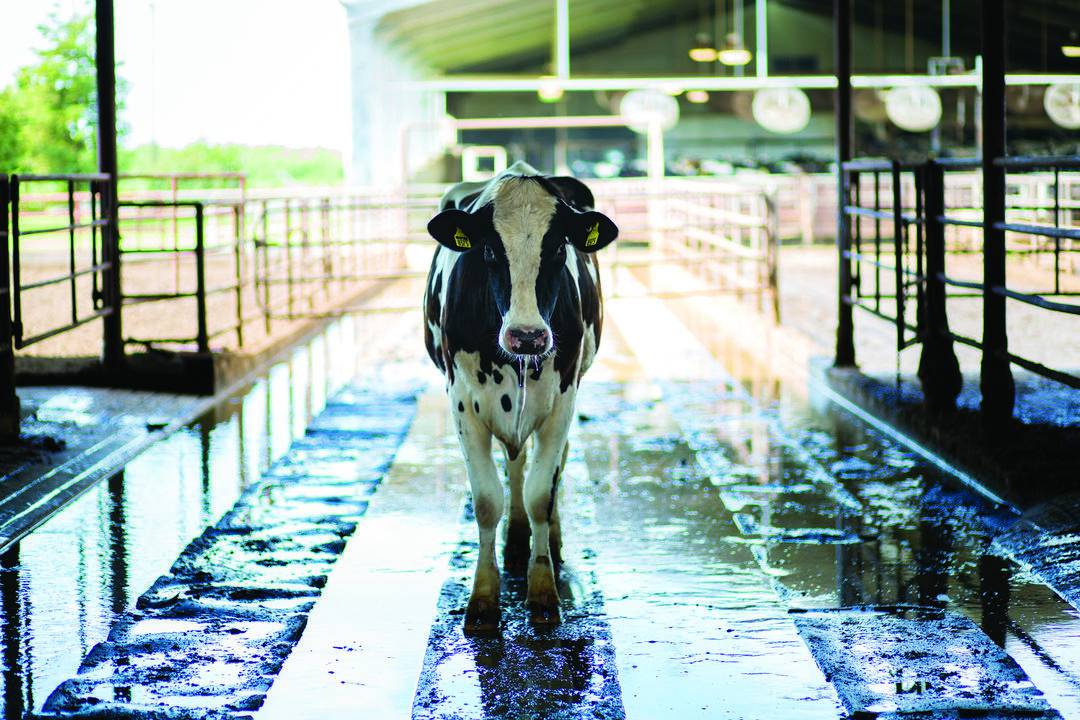
First, farmers use clean water to wash the milking parlor, troughs, and equipment. Then, the water is then captured and recycled to wash the cows. Finally, the water is stored and used multiple times to wash the barn floor. Eventually, the water ends up in the methane digester, where it becomes a potent natural fertilizer.

Drip irrigation
A growing number of dairy farmers are using drip irrigation to water their feed crops, which can slash water usage by almost half.
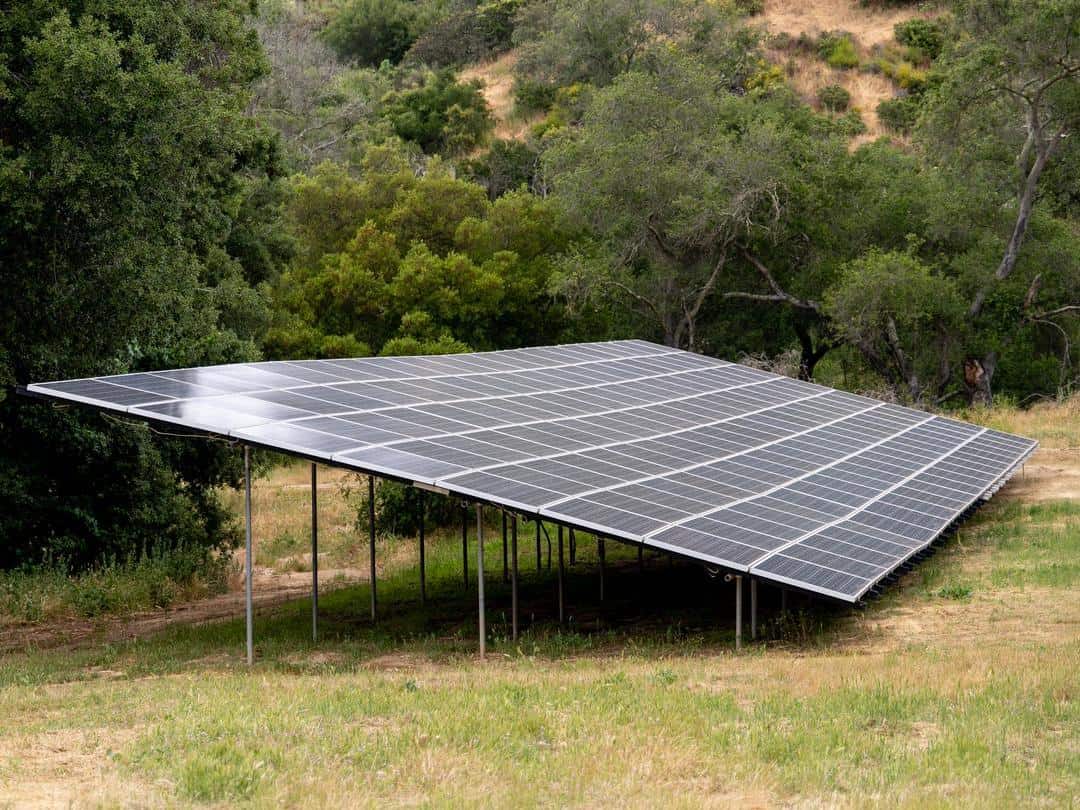
Solar Power
Like most businesses, running a dairy operation requires power. In California, solar panels are now used to offset electrical use in over 150 dairy farms throughout the state.
Looking towards the future
Sustainable agriculture is based on continual improvement. This means that reducing emissions by 40% is a goal, not an ending point. Dairy farmers will continue to look for new, innovative ways to conserve our resources and protect our planet. Elizabeth Heida from the California Milk Advisory Board proudly states, “We’re dedicated to continuing a legacy of producing foods that are good for the people – and the planet – for years to come.
Learn more about California Dairy – and snag a few recipes, too!


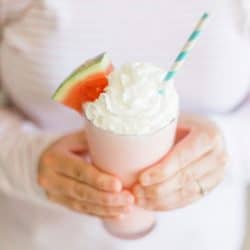
Article by Hilary Rance. Photography courtesy of Real California Dairy, James Collier and Hilary Rance.
